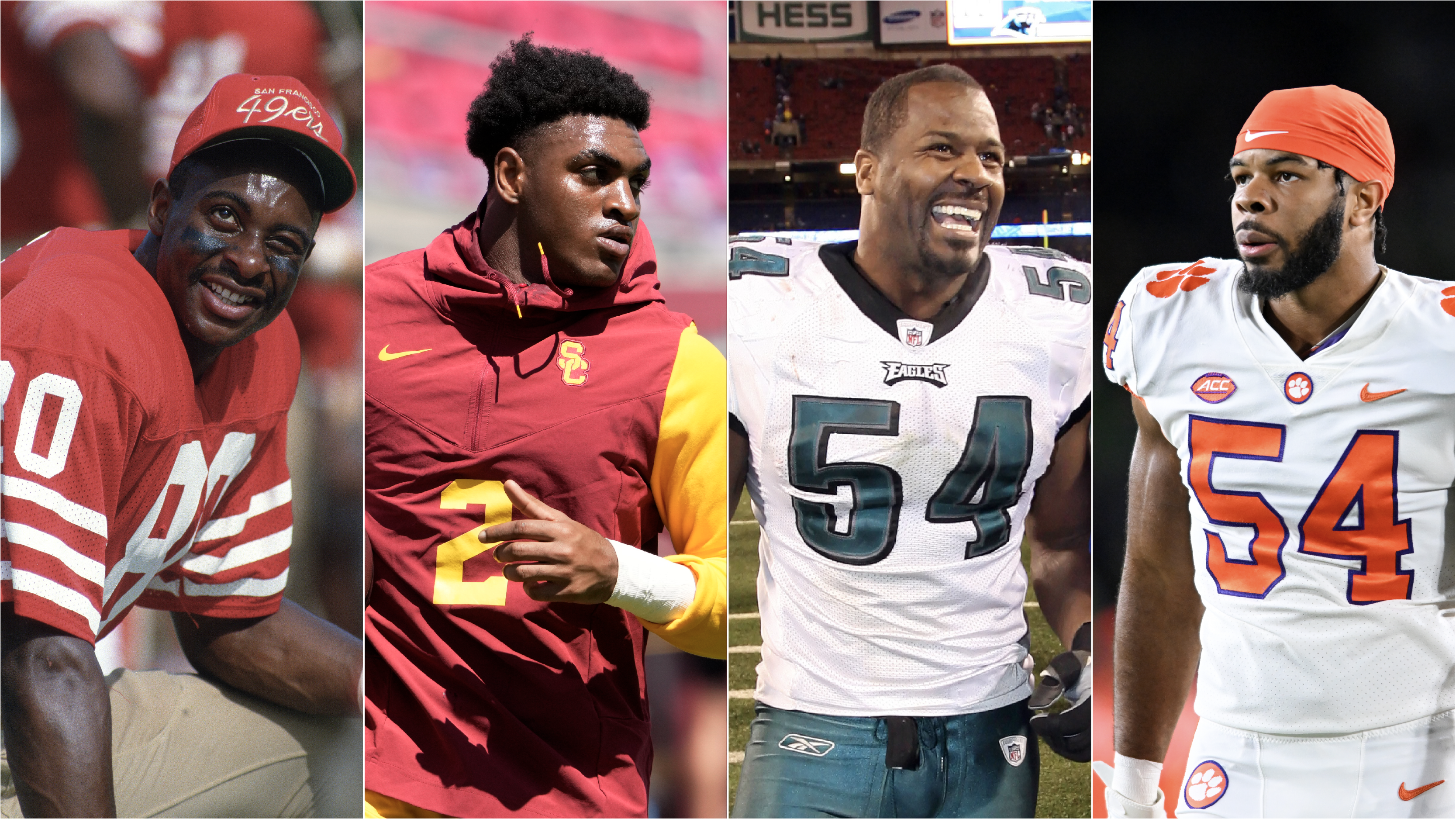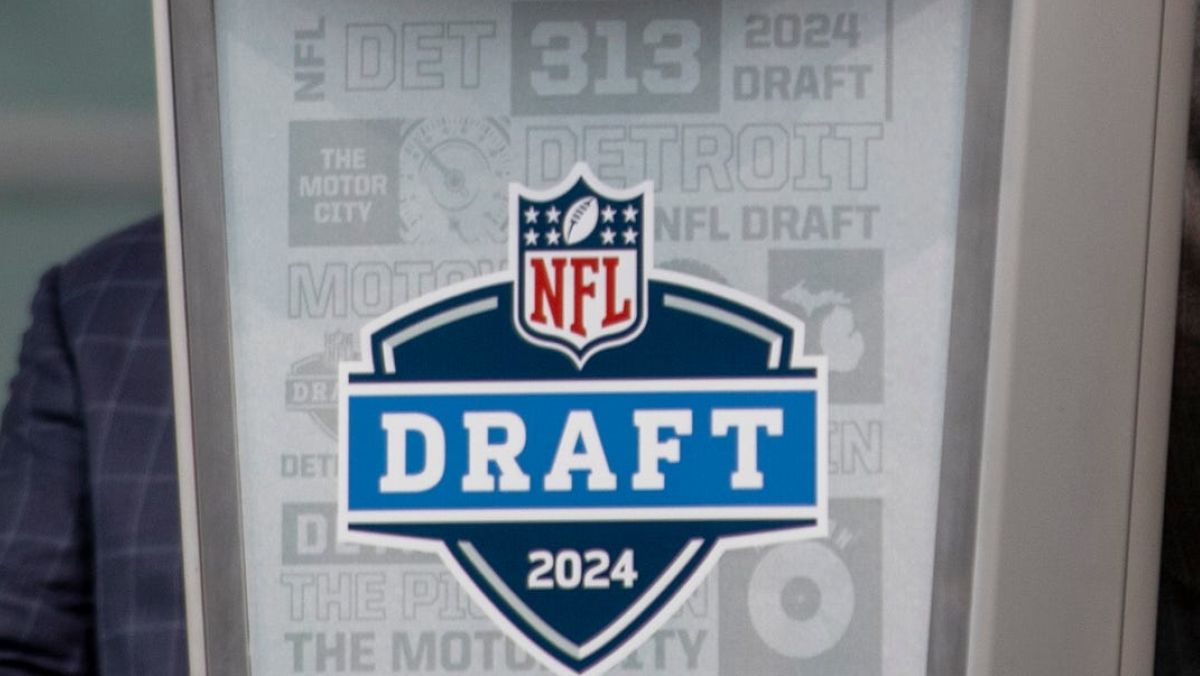Bad mechanics, never making it past his first read, and a couple of bad showings against Indiana and Northwestern. Those are among the top reasons experts cite for why Bears rookie Justin Fields slid down the board in the 2021 NFL Draft. But according to one college football data analyst, not only is one of those knocks against Fields not true, it’s not even particularly relevant.
Benjamin Solak of the Draft Network took the time to chart the throws of all the major college quarterbacks last season, and found that not only did Fields throw to his second read more than other experts insinuated, he threw to his second read at a higher percentage than any of the other high profile QBs in his draft class. According to Solak, Fields made it past his first read on over 19% of his throws in 2021. Trevor Lawrence and Trey Lance threw past their first read just under 17% of the time, Zach Wilson was under 15%, while Mac Jones threw past his No. 1 option under 10% of the time.
But the data doesn’t stop there in dispelling the notion that Fields is a one-read QB. Digging a little deeper into the numbers, Solak found that in addition to making the most throws beyond his No. 1 option, Fields was the most accurate passer beyond the first read. Per Solak’s charting, Fields completed 69.1% of his throws past the first read— just a shade under his 70.2% overall completion percentage. Meanwhile the numbers of his peers paled in comparison. Lance and Wilson did the best at 64.7% and 59.6% respectively. But Lawrence and Jones really struggled, putting up 43.4% and 31.6% completion rates respectively.
Stay in the game with the latest updates on your beloved Chicago sports teams! Sign up here for our All Access Daily newsletter.
However, Solak’s main point is that looking at these numbers in a vacuum doesn’t really tell us much about each quarterback’s ability to lead an NFL offense, because there are too many confounding factors.
“‘How well did Fields work his progressions in college?’ forces a lot of subsequent questions,” Solak wrote. “‘What offense did he run?’ is a big one. ‘How were his progressions taught?’ is another. ‘Is he consistent/did he show growth over time/how likely is he to improve?’ is a whole blend of semi-related questions that get good scouts paid and bad scouts fired. These are tough questions, so everyone trying to answer them has different conclusions. Makes sense.”
Solak, like many others, says the true insight lies in the film, and in the film he finds a mixed bag of good plays and bad plays— just like you’d find for any high-profile college prospect.
“Impossibly talented, he has developed some bad habits... he’s an arrogant passer and must learn to respect the defense more,” Solak said. “That’s something that, if he can’t grow out of it, he’ll get burned by in the league.
NFL
“But he’s already shown reps of growing out of it—and even when he sticks to his guns, he remains one of the best quarterback prospects of recent memory in terms of arm talent, accuracy, and sack-breaking ability. In this way, he is not like every other quarterback to come out: he is a better blend of accuracy, arm talent, and physical tools.
“To be concerned with Fields’ work through progressions is to be concerned with the way Michael Phelps wears his goggles. The man has somewhere between 10 and 100 gold medals. I’m not looking it up.”


